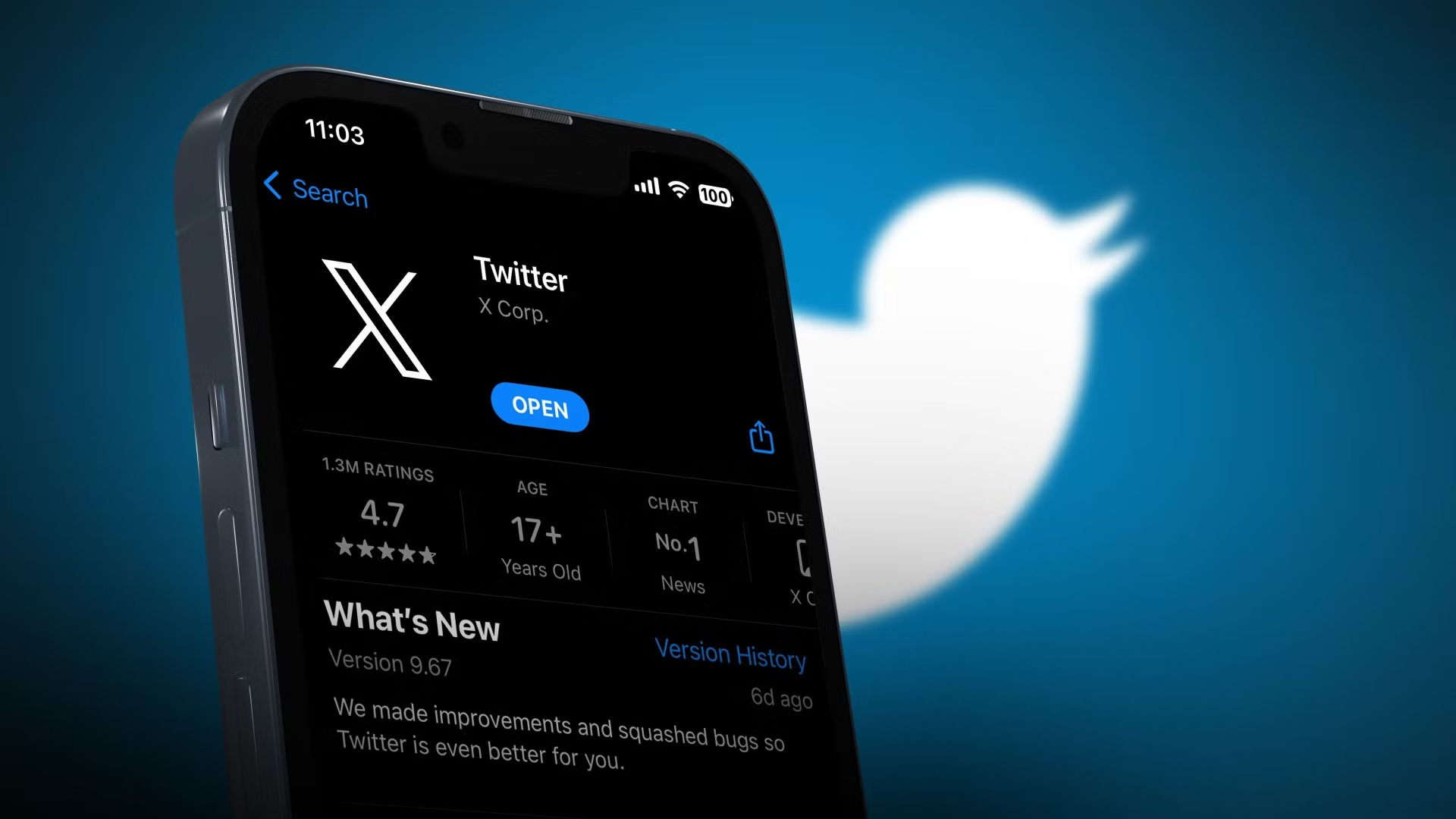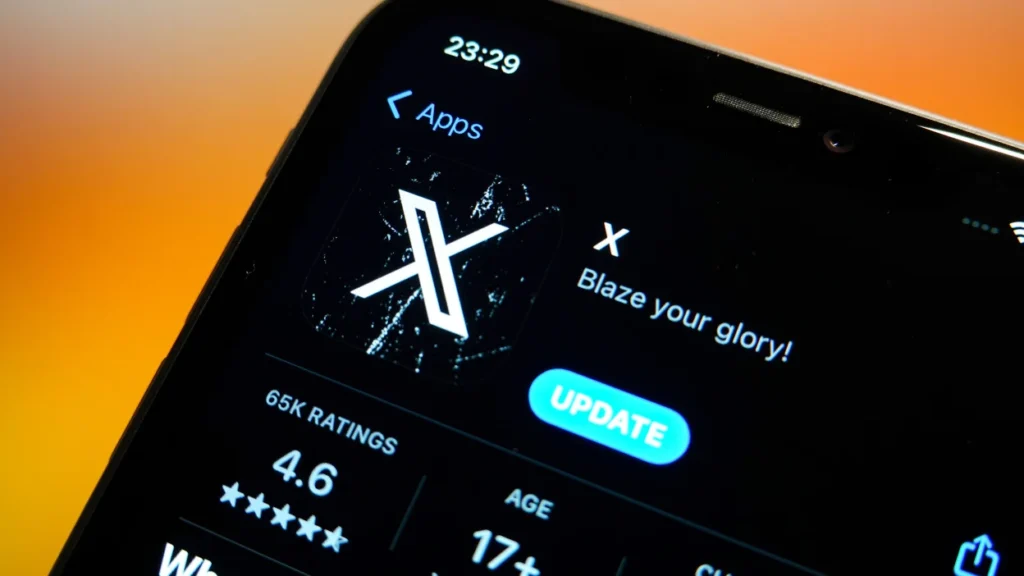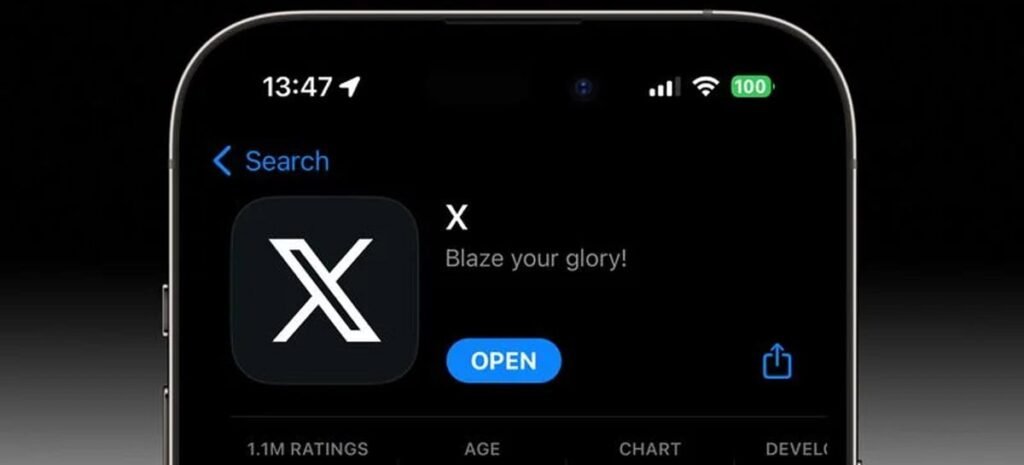In the ever-evolving world of mobile apps, Google Play Store stands as a marketplace for millions of applications, serving a vast and varied audience. Google Play offers a variety of apps, from productivity tools and games to health tracking and educational materials. However, there’s a new type of app gaining attention recently—known as “X – Apps.” These apps have been making waves in the tech industry, sparking curiosity about what makes them so special and how they fit into our daily lives.
In this article, we will explore the concept of X – Apps, understand their features, and discuss their growing influence. We’ll also analyze how these apps compare to traditional apps, what makes them unique, and how they are shaping the future of mobile technology. Join us as we delve into “X Apps and Their Impact on Mobile Technology.”
What Are X – Apps?
The term “X – Apps” refers to various applications on Google Play. These apps are often customizable, interactive, and focused on personalized user experiences. X – Apps incorporate advanced technologies like AI, augmented reality (AR), and machine learning (ML). They usually blend multiple functions, going beyond traditional app offerings. For instance, some X – Apps act as social networks while providing productivity and entertainment tools. Others combine gaming with education or fitness with social engagement. The core feature of an X – App is its versatility and adaptability.
The Rise of X – Apps on Google Play

Over the last few years, there has been a clear trend toward apps becoming more versatile. Users are no longer looking for single-purpose apps that only do one thing well; they want apps that can combine several functions in one seamless experience. X – Apps are a direct response to this demand.
One of the reasons for the rise of X – Apps is the increasing use of smartphones in our daily lives. People want apps that can do more and can adapt to different situations, whether it’s for work, play, or personal development. Google Play has become a hub where innovative developers can push the boundaries of what apps can achieve.
Take, for instance, apps that combine social networking with virtual shopping. These types of apps allow users to chat with friends, browse stores, and even make purchases without ever leaving the app. By integrating multiple functions, these X – Apps create a more immersive experience for users.
Features of X – Apps
X – Apps on Google Play are designed with several advanced features that set them apart from traditional apps. Some of these features include:

1. Customization
One of the key features of X – Apps is customization. Unlike standard apps, which might have limited options for personalization, X – Apps give users more control over how they interact with the interface, what content they see, and even how the app behaves.
For example, many X – Apps allow users to adjust the layout of the app’s home screen, select specific content that interests them, and choose notification preferences. This degree of personalization contributes to a more engaging and meaningful user experience.
2. AI and Machine Learning Integration
Artificial intelligence (AI) and machine learning (ML) are powerful technologies that allow apps to learn from user behavior and adapt accordingly. X – Apps often utilize AI and ML to improve their functionality. This might mean that the app learns the user’s preferences over time and tailors the content it delivers or adjusts the app’s interface based on how the user interacts with it.
For example, fitness apps can use machine learning to track your progress and suggest personalized workouts based on your activity history. Similarly, apps for language learning might adapt the difficulty of lessons according to how quickly you learn new words.
3. Augmented Reality (AR)
Augmented reality is another technology that is making X – Apps stand out. With AR, users can experience digital content in the real world, blending physical and virtual environments in innovative ways. Many X – Apps incorporate AR to enhance the user experience.
For instance, in shopping apps, users might be able to view how furniture or clothing would look in their home or on their body using AR features. This helps in making more informed decisions, creating an interactive and engaging shopping experience.
4. Multifunctionality
Unlike traditional apps that serve a single purpose, X – Apps bring several functionalities into one space. For example, an X – App might allow users to chat with friends, play games, and schedule meetings all within the same interface. This multifunctionality provides a more integrated experience, where everything a user needs is available in one app.
By removing the need to move between apps for different tasks, these apps increase productivity and convenience. For example, instead of opening separate apps for messaging, social networking, and gaming, X – Apps can bring all these features together.
5. Cloud Integration
Many X – Apps are designed to work seamlessly with cloud-based services. This allows for synchronization across devices, making it easier for users to access their data anywhere, anytime. Whether it’s photos, documents, or other personal information, X – Apps are designed to offer cloud support to ensure that all data is available on any device.
This cloud-based functionality is especially useful for apps that involve collaborative work, such as project management apps, where multiple users can access and update information in real-time.
Popular X – Apps on Google Play
Now that we have a clear understanding of what X – Apps are, let’s take a look at some of the popular X – Apps available on the Google Play Store. These apps highlight the versatility and functionality that makes X – Apps so appealing to users.
1. Snapchat

Snapchat is a prime example of an X – App that blends social networking, multimedia sharing, and gaming elements. It started as a simple photo-sharing app but has since evolved into a multifaceted platform that offers features like Stories, AR lenses, and interactive games.
Snapchat’s use of augmented reality to create fun and engaging filters has made it a favorite among younger audiences. Moreover, its integration with shopping features, where users can try on products virtually, makes it stand out from traditional social media apps.
2. TikTok

TikTok has become one of the most downloaded apps on Google Play in recent years. While it started as a video-sharing app, TikTok has integrated elements like live streaming, gaming, and shopping into its platform. This multifunctionality makes it a classic example of an X – App.
TikTok’s ability to merge social networking with entertainment and e-commerce makes it a one-stop app for users who want to stay connected, enjoy viral videos, and even shop for trending products—all in one place.
3. Google Keep
Google Keep is a versatile note-taking app that blends functionality with simplicity. Users can create notes, to-do lists, and reminders, while also being able to collaborate on notes with others. The app’s integration with Google’s suite of other services, like Google Docs and Google Drive, makes it a handy tool for those who need an all-in-one organizational solution.
What makes Google Keep an X – App is its cross-functionality and integration with the cloud, allowing notes to be synchronized across devices, enhancing the user experience.
How X – Apps Are Shaping the Future of Mobile Technology
X – Apps are pushing the boundaries of what we thought was possible with mobile technology. As they continue to evolve, we are likely to see more innovative features that will reshape how we interact with our devices.

For developers, the rise of X – Apps presents new opportunities to create highly engaging, multifunctional applications that can meet the diverse needs of modern users. As more industries begin to recognize the potential of X – Apps, we can expect to see them implemented across various sectors, from entertainment to healthcare, education, and beyond.
For users, X – Apps are simplifying their digital lives by bringing together multiple tools and features into one cohesive platform. Whether it’s for productivity, socializing, or entertainment, these apps are making it easier for users to accomplish tasks and enjoy experiences without jumping between different apps.
Conclusion
The emergence of X-Apps on Google Play marks an exciting phase in mobile technology. These apps break traditional boundaries, offering multifunctionality and customization. They provide immersive experiences that were once only imaginable. As the technology behind X-Apps improves, we can only speculate about the next generation. Advanced AI integration, AR advancements, and personalized user experiences may lead the way. X-Apps are shaping the future of mobile interaction. The possibilities are endless, and we are just beginning to explore what’s to come.




